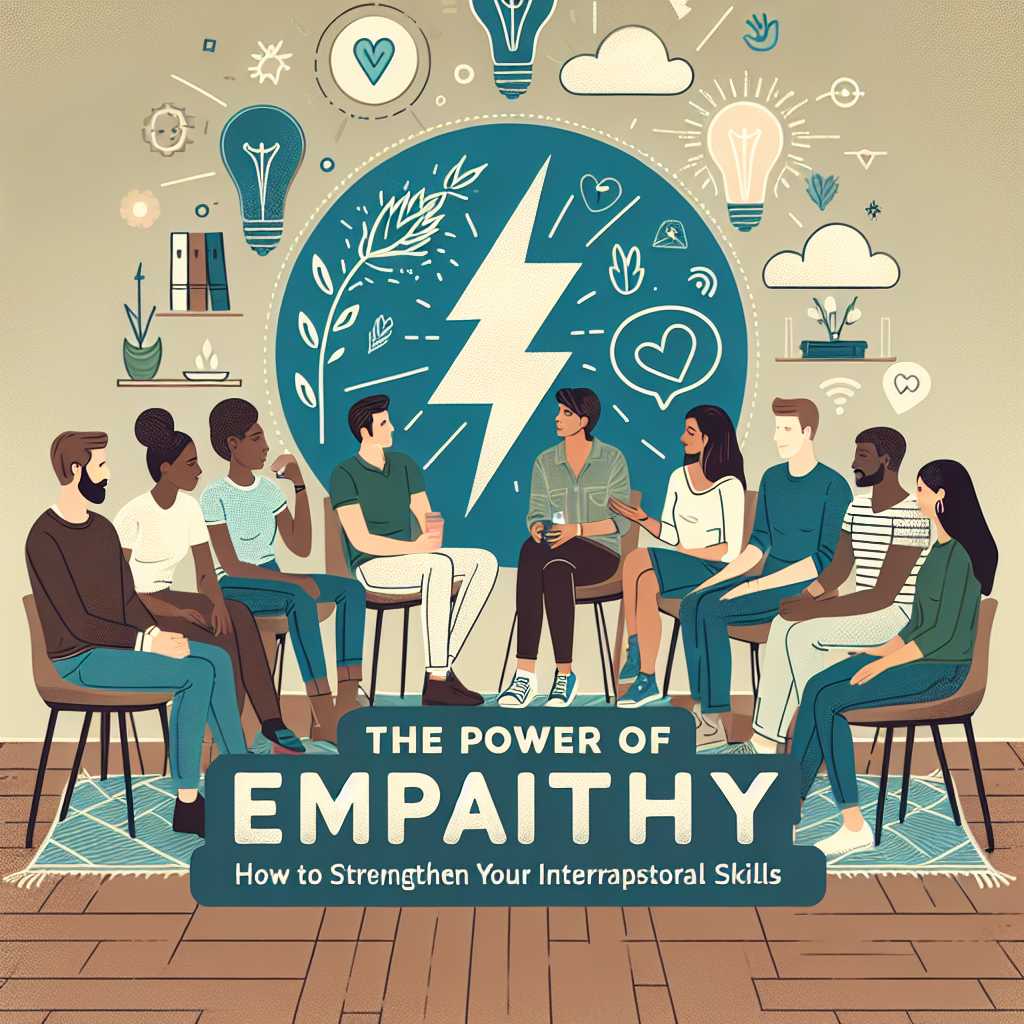In today’s fast-paced world, the ability to prioritize tasks and manage time effectively is essential for success. Strong organizational skills are vital in both professional and personal life, as they allow us to stay focused, productive, and on track to achieve our goals. Learning the art of prioritizing is a key component of developing strong organizational skills, and can make a significant difference in how efficiently we manage our time and tasks.
Prioritizing involves identifying the most important tasks or goals, and allocating the necessary time, resources, and attention to them. It requires making tough decisions about what can be delayed or delegated, in order to focus on what is truly important. By prioritizing effectively, we can ensure that we are spending our time and energy on activities that will bring us closer to our objectives, rather than getting bogged down in minor or less important tasks.
Here are some strategies to help you develop strong organizational skills through effective prioritizing:
1. Understand your goals and priorities: The first step in prioritizing is to have a clear understanding of your goals and priorities. What do you want to achieve? What tasks or activities will help you get there? By defining your goals and priorities, you can easily identify which tasks are most important and allocate your time accordingly.
2. Create a to-do list: A to-do list is a simple yet powerful tool for prioritizing tasks. Write down everything that needs to be done, and then rank the tasks in order of importance. You can use categories or color-coding to help you visualize which tasks are urgent, important, or can be postponed. By having a clear list of tasks, you can stay organized and focused on what needs to be done next.
3. Use time management techniques: Time management techniques, such as the Pomodoro Technique or the Eisenhower Matrix, can help you prioritize tasks and focus on what is most important. The Pomodoro Technique involves working in short, focused intervals with breaks in between, while the Eisenhower Matrix encourages you to categorize tasks based on urgency and importance. By using these techniques, you can make better decisions about how to allocate your time and resources.
4. Delegate or outsource tasks: Not all tasks need to be done by you. Learn to delegate or outsource tasks that can be handled by others, so you can focus on higher-priority tasks. By letting go of tasks that can be delegated, you can free up valuable time and energy to work on tasks that are truly important to you.
5. Stay flexible: Prioritizing is not a one-time exercise; it is an ongoing process that requires flexibility and adaptability. As new tasks and deadlines arise, be prepared to reassess your priorities and make adjustments as needed. By staying flexible and open to change, you can ensure that you are always focusing on what is most important at any given time.
By practicing these strategies and techniques, you can develop strong organizational skills and become more effective at prioritizing tasks. Remember that prioritizing is a skill that takes time and practice to master, so be patient with yourself as you work towards improving your ability to manage time and tasks effectively.
FAQs:
Q: How can I determine the most important tasks to prioritize?
A: One way to determine the most important tasks is to consider which tasks or activities will have the greatest impact on your goals or objectives. Ask yourself what tasks are essential for you to move forward and achieve your desired outcomes.
Q: What should I do if I have trouble prioritizing tasks?
A: If you have trouble prioritizing tasks, consider seeking help from a mentor, coach, or professional organizer. They can provide you with guidance and support in developing your prioritizing skills and creating a system that works for you.
Q: How can I stay focused and avoid distractions when prioritizing tasks?
A: To stay focused and avoid distractions, try working in a quiet and organized environment, turning off notifications on your phone or computer, and setting specific time blocks for focused work. By minimizing distractions and creating a conducive work environment, you can improve your ability to prioritize tasks effectively.





Leave A Comment